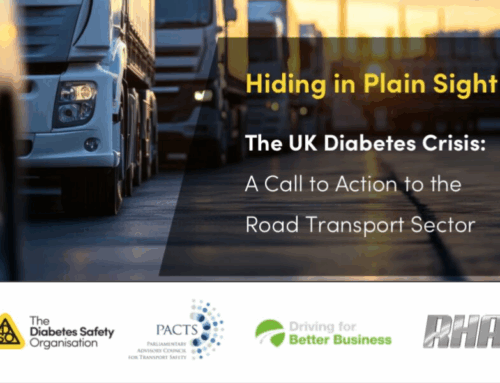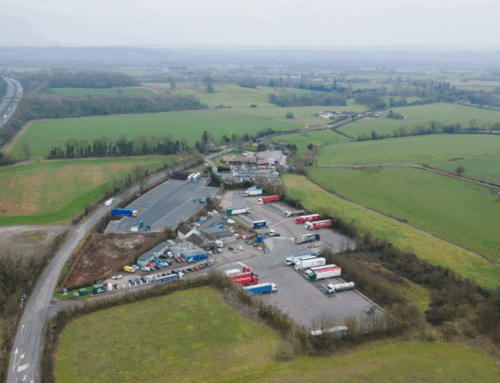Two crucial factors for managing road safety at work
Safety must be embraced from the top and the bottom of an organisation to have sustained and measurable impact. Let us outline why.
Great safety initiatives – the kind that transform cultures, save lives and improve bottom lines – have two crucial factors. Firstly, they move from two directions at once – top down and bottom up. Secondly, everyone knows why they are doing this.
The benefits of top down, bottom up
One of the key actions that road safety standard ISO 39001, or the Driving for Better Business programme, requires is a written commitment from a board member to improving road safety. That commitment to managing road safety at work must then be cascaded throughout the business.
When the whole organisation is equally involved and committed to road safety, it also reaps the greatest benefits.
- Discharging its duty of care brings peace of mind
- Lower costs – including fuel, vehicle damage, insurance
- Better morale – employees who feel cared for work better and stay longer
- Better customer service, through greater efficiency and less unscheduled downtime
- Brand protection – liveried vehicles are mobile billboards
- Greater acceptance within local communities
- Demonstrating social responsibility
These benefits only come when everyone buys into the road safety agenda. If the board doesn’t believe in it, they won’t fund it and they won’t monitor improvements. If managers don’t believe in it, they won’t follow through with coaching or fleet management initiatives. And, if drivers don’t believe in it, they won’t improve their driving style.
Making safety cultural
A culture is the social and professional atmosphere in which we exist. It’s the collective of our shared ideas, customs and behaviours, handed down across generations. (Biologically, it is also the environment engineered to allow growth.)
What a culture is not is a pocket, a clique, a layer, or a phase.
Safety must be embraced by everyone, from the janitor and caterers to the chair of the board if it is to truly become the culture in a workplace or organisation. It’s no different when it comes to managing road safety at work. This means it transcends rank, it transcends purpose, and it passes seamlessly to every new worker.
The ‘powerful why’
Those board level commitments must not simply say that companies will improve road safety, but why it matters to them. This is just as important.
It might seem counter-intuitive to say that why something happens is as important as the actions themselves. After all, who cares why someone wears a seatbelt as long as they wear it, right?
Except that studies have repeatedly shown that people are more likely to be compliant, to sustain compliance, and to encourage others to be compliant if they understand why something is important. Give them a good enough reason why, and they’ll not only become a follower but an advocate.
So how we ‘sell’ road safety to different groups within an organisation is very important. For a driver, the most compelling message might be ‘Because your children need you to come home safe, tonight and every night’.
For a financial director the message that ‘this safety initiative will lower fuel, insurance and vehicle costs’ might ensure their complete backing.
Making sure that the right messages are packaged in the right way for different parts of the organisation prevents disaffection. Drivers who feel they are being asked to drive differently ‘so the bosses can make more money’, are less likely to cooperate than those who realise that the ‘bosses’ care about their welfare.
What’s more, it gives everyone a reason to be invested in the results, whether those are presented as league tables, zero accident rates, financial statements or specific subsets of that data.
Holistic values
Your ‘powerful whys’ should permeate your organisation as cultural values.
“We need all our employees to go home safe every night.”
“Safety equals efficiency, so it also serves our shareholders, our customers and our long-term commitment to our staff.”
“We want our business to thrive without endangering the public, our employees or the environment.”
Each company will have its own ‘powerful whys’. These values are then expressed in policies, in workflows, and in how staff are treated and expected to work. Whether or not shifts are arranged to manage driver fatigue, or whether drivers feel as if they can say: “I don’t feel well enough to drive” are cultural issues which have their roots in your ‘powerful why’.
When everyone in the organisation buys in to safety, and knows why it is important to the whole, and why it is important to them personally, companies can unlock all the benefits listed above.
And what’s more, something magical happens. Cultures are not static. They evolve creatively. When everyone is equally involved in safety, they are also equally empowered. Employees will volunteer safety insights based on their specialist job knowledge which would otherwise have been overlooked.






